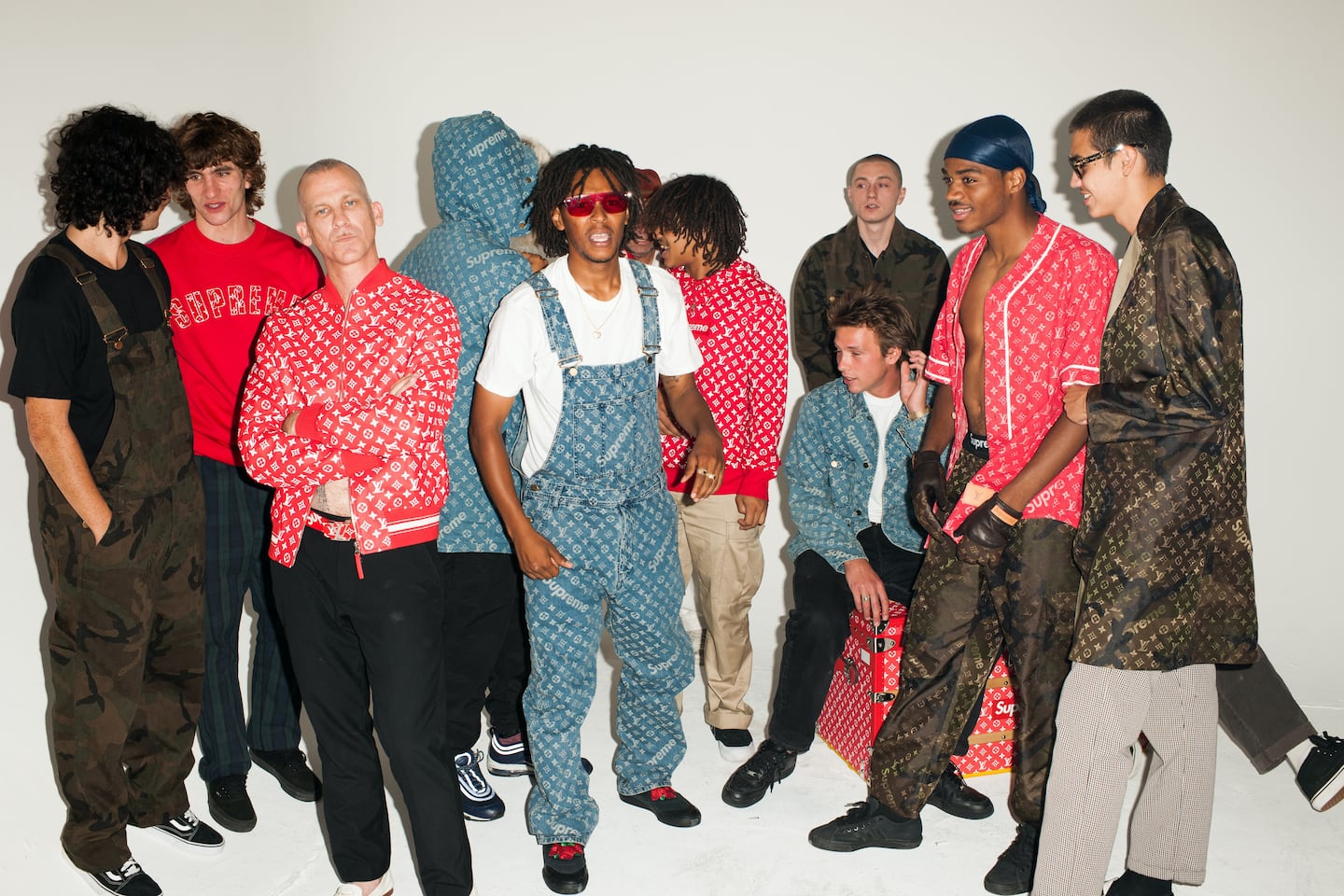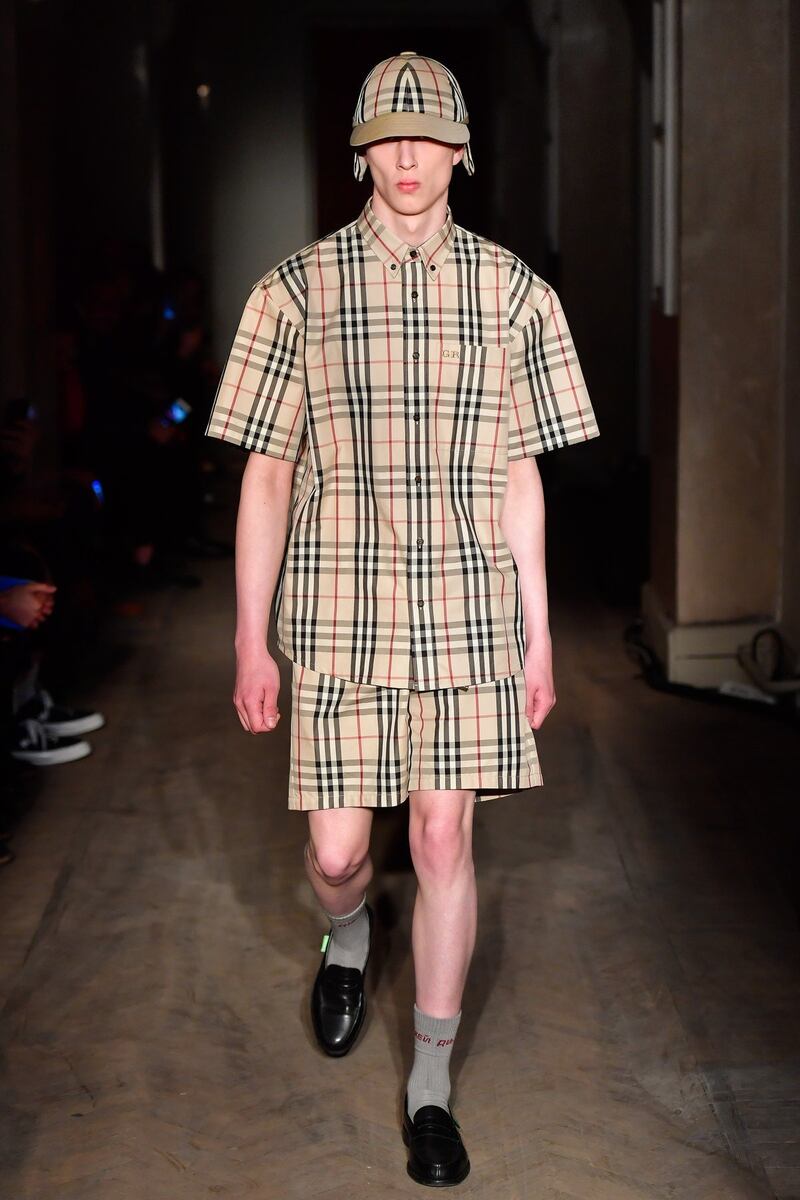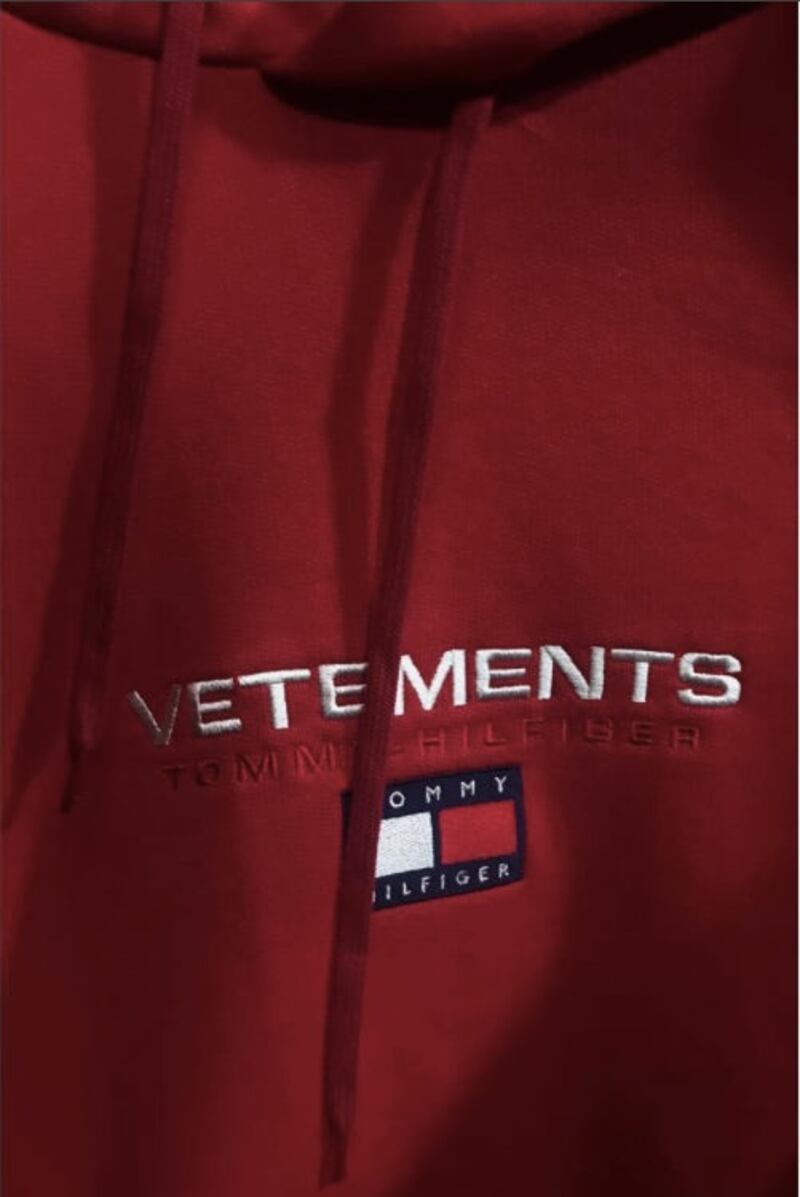
The Business of Fashion
Agenda-setting intelligence, analysis and advice for the global fashion community.

Agenda-setting intelligence, analysis and advice for the global fashion community.

LONDON, United Kingdom —It didn't quite break the internet, but when Louis Vuitton announced the locations of six pop-up shops that, for a limited time, would carry the luxury megabrand's Autumn/Winter 2017 collaboration with cult streetwear label Supreme, the excitement on social media was palpable. The following morning, 7,500 people in Tokyo, 2,000 people in London and 1,500 people in Sydney lined up for a chance to buy pieces from the collection. Hours later, pieces from the partnership were being resold for thousands of dollars on sites like eBay and Grailed.
The launch was swiftly followed by news of Tommy Hilfiger's upcoming partnership with ultra-cool luxury streetwear label Vetements, set to bow in September, and came just weeks after the skater-inflected label Gosha Rubchinskiy unveiled a partnership with British luxury megabrand Burberry at Rubchinskiy's recent Spring/Summer 2018 show in Saint Petersburg.

Gosha Rubchinskiy Spring/Summer 2018 | Source: Courtesy
The flurry of collaborations comes as luxury spend is shifting towards Gen-Z and Millennial consumers, who are set to account for 45 percent of the global luxury market by 2025, according to management consulting firm Bain & Company, and often see fashionable streetwear labels like Supreme, Gosha Rubchinskiy and Vetements to be cooler than traditional luxury brands.
ADVERTISEMENT
"Streetwear is completely natural for Gen-Z — it's the de facto way of dressing for them and therefore a perfect way for a luxury house to get their 'legacy' across to young consumers," says Highsnobiety founder David Fischer. "The fact that these types of collaborations are becoming the norm just shows how important streetwear is now and how tables have completely turned. We have gone from Vuitton suing Supreme to collaborating with them. We have [also] seen Burberry desperately wanting to get away from a 'chav' consumer to them presenting a collaboration with Gosha."
"High-end streetwear seems a smart place to be. Think of [brands like] Golden Goose, Mr & Mrs Italy, as well as much of the recent Gucci offer," adds Luca Solca, head of luxury goods at BNP Exane Paribas.
The moves also reflect a growing demand for newness and innovation. In a recent column for BoF, Solca also argued that today's luxury market is increasingly driven by established consumers who demand new products. "Just a few years ago, the race to win 'virgin' luxury consumers was in full swing, especially in China. But the wave has broken. Today, it is established consumers who are driving demand," he wrote. "This poses a problem for luxury megabrands because established consumers already own all the luxury icons they need — their wardrobes are full of them. Today established consumers expect novelty and innovation if they are to part with their money."

Vetements x Tommy Hilfiger | Source: Instagram/Vetements
Rather than wholesale innovation à la Gucci, Solca sees capsule collections as a less risky way to provide newness. "It harnesses the wild innovation of a make-or-break charge, but confines it to carefully targeted parts of a collection, while the rest of the offering evolves along an incremental path."
Mario Ortelli, senior analyst at Bernstein, agrees. “I definitely think it’s a smart move,” he says. “What we’re seeing in the luxury market over the past couple of years is that the consumer finds interest in innovation and unique products. When you’re doing a capsule collection, you’re creating something that’s surprising and gets the consumer’s attention,” he explains. “It also allows you to minimise the risk and it doesn’t dilute the brand at all if it’s done in a smart way.” Ortelli believes these kinds of partnerships will become more frequent.
But what is the effect on streetwear collaborators? Certainly there are some longtime devotees of Supreme who have found the tie up with Vuitton to be less than cool. Yet Fischer disagrees, seeing these collaborations as beneficial for brand credibility and exposure.
“Streetwear has been copying stuff from luxury fashion since day one, so if anything, it strengthens a streetwear brand’s identity to actually go on and collaborate with a high fashion brand,” he says. “But for the most part it is the luxury brands that are the ones that need credibility in the streetwear space, not the other way around.”
Related Articles:
[ The Newness Imperative: Innovate or FadeOpens in new window ]
[ The Vetements EffectOpens in new window ]
[ Gosha Rubchinskiy Collaborates With BurberryOpens in new window ]
Brands from Valentino to Prada and start-ups like Pulco Studios are vying to cash in on the racket sport’s aspirational aesthetic and affluent fanbase.
The fashion giant has been working with advisers to study possibilities for the Marc Jacobs brand after being approached by suitors.
A runway show at corporate headquarters underscored how the brand’s nearly decade-long quest to elevate its image — and prices — is finally paying off.
Mining company Anglo American is considering offloading its storied diamond unit. It won’t be an easy sell.